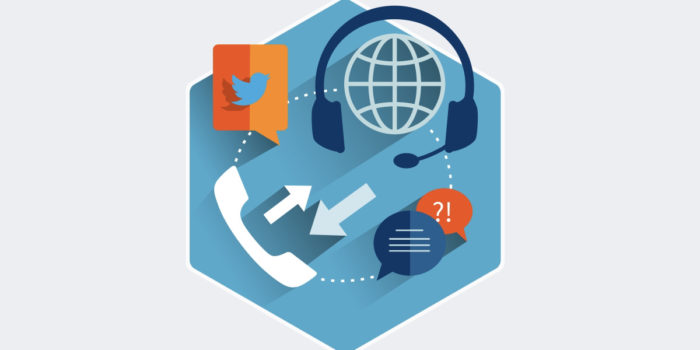Have you experienced such situations, where you were trying to spell a word over the phone, but the other side couldn’t get it written down correctly due to the poor call quality? That’s when you need to remember the phonetic alphabet. It will help your business communication be more efficient at workplace.
The most commonly used phonetic alphabet today is that adopted by NATO in the mid 1950’s, approved by the International Civil Aviation Organisation, the U.S.Federal Aviation Administration, the International Telecommunication Union, and codified as American National Standard ANS T1.523-2001, the successor to Federal Standard 1037C.
A – Alfa
B – Bravo
C – Charlie
D – Delta
E – Echo
F – Foxtrot
G – Golf
H – Hotel
I – India
J – Juliett
K – Kilo
L – Lima
M – Mike
N – November
O – Oscar
P – Papa
Q – Quebec
R – Romeo
S – Sierra
T – Tango
U – Uniform
V – Victor
W – Whiskey
X – X-ray
Y – Yankee
Z – Zulu
* “Lima” should be pronounced “LEE-mah”, not with a long “i”.
Small variations in spelling occur among versions of this alphabet published by the various organisations which use it. You may see “Alpha” written as “Alfa”, “Juliet” as “Juliett”, and “Xray” as “X-ray”; the intended pronunciation is identical. The spelling used for the alphabet here and the phonetics for digits are as given in The Cambridge Encyclopedia of Language.




